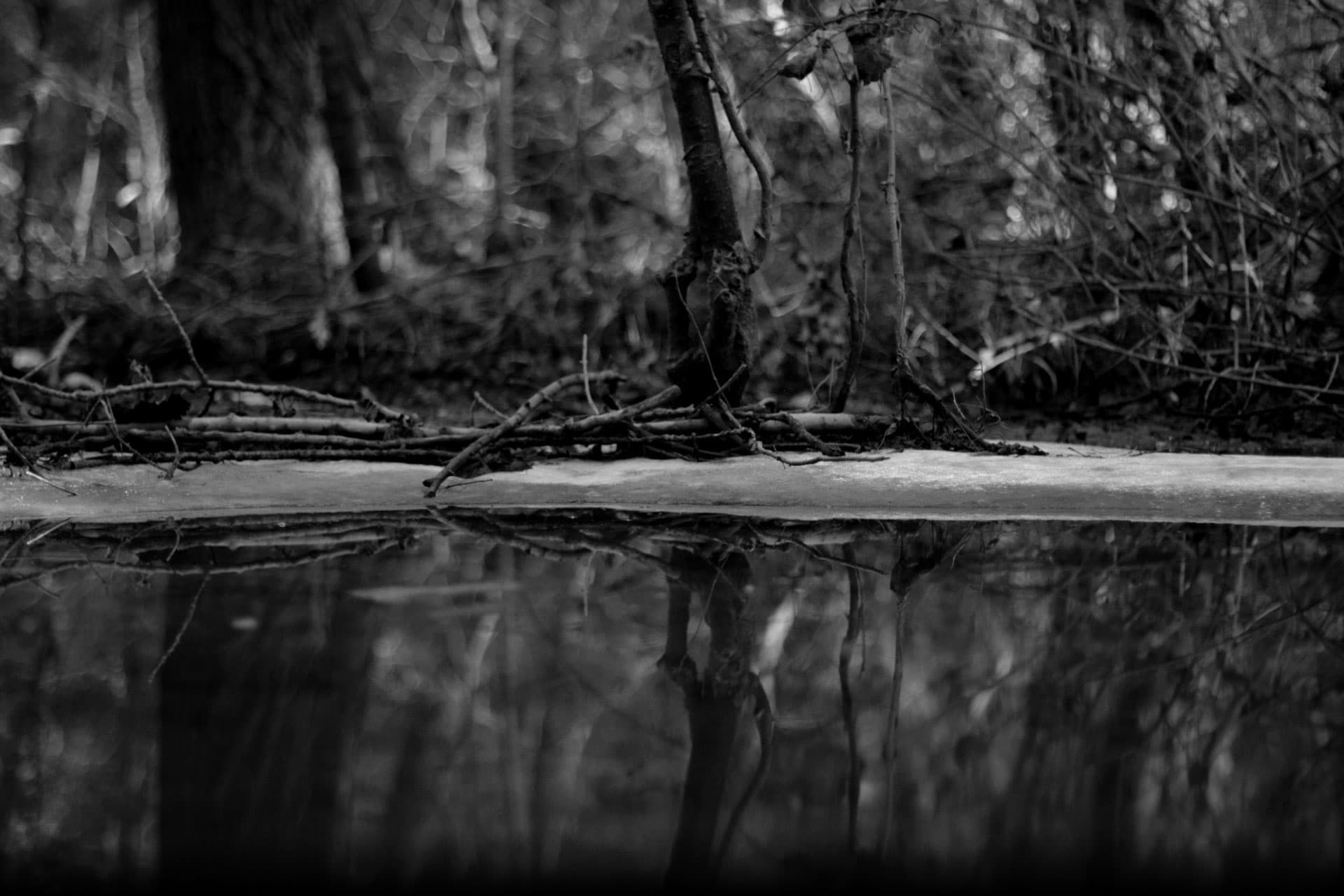Rococo Art
1 min read

Period: c. 1715 – 1770s CE Region: Originated in Paris, France; spread through Europe, esp. Southern Germany, Austria, Italy.
Overview & Key Characteristics
Rococo emerged in France around 1715, during the Régence period following the death of Louis XIV, initially as a style of interior decoration. It represented a reaction against the formal grandeur and rigid symmetry of the French Baroque associated with Versailles. Flourishing until the 1770s, Rococo is characterized by its lightness, elegance, intimacy, playfulness, and ornate decoration. Primarily associated with the aristocratic salons of Paris, it emphasizes asymmetry, curvilinear forms (S- and C-curves, scrollwork or rocaille), pastel color palettes, and themes drawn from love, leisure, mythology (often treated lightly), and idyllic nature. While it profoundly influenced painting, sculpture, and the decorative arts (porcelain, furniture, metalwork), Rococo architecture found its most exuberant expression outside France, particularly in the churches and palaces of Southern Germany and Austria.
Summary of Common Characteristics:
| Feature | Characteristic Description (Rococo) |
|---|---|
| Light | Soft, Diffused, Playful: Favors gentle, often pastel-toned light. Shimmering highlights on surfaces enhance elegance. Avoids the dramatic intensity of Baroque chiaroscuro. |
| Surface/Texture | Ornate, Delicate, Luxurious: Emphasis on refined textures: shimmering silks, smooth skin, delicate porcelain, intricately carved wood (boiseries), gilded stucco. Aims for sensory delight. |
| Figures | Elegant, Graceful, Slender: Figures often depicted in relaxed, flirtatious, or carefree poses. Cherubs (putti) abound. Focus on youth, beauty, charm, and aristocratic refinement. |
| Space/Depth | Intimate & Decorative: Often features shallow pictorial space, focusing on surface arrangement. Interior design emphasizes flowing spaces, blurring boundaries between walls/ceilings with curves and ornament. |
| Color Palette | Pastel & Luminous: Predominance of soft pinks, blues, greens, yellows, ivory white, accented with gold. Delicate, harmonious, and light color schemes. |
| Composition | Asymmetrical & Fluid: Relies heavily on dynamic S-curves, C-curves, and scrollwork (rocaille). Compositions are often light, airy, seemingly spontaneous, avoiding rigid symmetry. |
| Details/Lines | Delicate & Curving: Intricate, flowing lines dominate. Ornamentation inspired by shells, pebbles (rocaille), flowers, vines, acanthus leaves, clouds. Exquisite craftsmanship in details. |
| Mood/Emotion | Lighthearted, Playful, Elegant, Intimate, Charming, Sensuous, sometimes Frivolous or Nostalgic. Celebrates pleasure, love, leisure, and beauty. Generally avoids deep spiritual themes or high drama. |
| Subject Matter | Aristocratic Life & Fantasy: Fêtes galantes (elegant outdoor gatherings), scenes of courtship and playful intrigue, lighthearted mythology, pastoral idylls, charming portraits, decorative still lifes and animal paintings. |
Rococo essentially moved Baroque dynamism indoors, making it lighter, more intimate, and focused on personal pleasure and decorative fantasy.
Historical Context & Influences
The rise of Rococo coincided with several historical shifts:
- Post-Louis XIV France: After the Sun King's death (1715), the French court and aristocracy moved from the rigid formality of Versailles back to more intimate townhouses (hôtels) in Paris, fostering demand for a new style of interior decoration.
- Aristocratic Culture: The style reflects the leisured lifestyle, social pursuits (salons, theatre, balls), and aesthetic tastes of the French aristocracy in the 18th century.
- Enlightenment: While seemingly contrasting with Enlightenment rationality, Rococo flourished concurrently, perhaps representing a sphere of private pleasure separate from public discourse.
- Trade and Exotica: Increased trade with East Asia brought influences like Chinoiserie (use of Chinese-inspired motifs and forms) into Rococo design.
Influences: Rococo developed primarily as a reaction against the perceived heaviness and formality of French Baroque Classicism. It adapted the curved lines and dynamism of Late Baroque art, particularly in Italy and Central Europe, but refined them into something lighter and more ornamental.
Key Artists & Their Contributions
- France:
- Antoine Watteau (1684-1721): Considered the originator of the style in painting; invented the fête galante genre (Pilgrimage to Cythera, Gersaint's Signboard). Known for feathery brushwork and underlying melancholy.
- François Boucher (1703-1770): Prolific painter and decorator, perfectly captured Rococo taste. Painted charming mythological scenes, pastorals, portraits; favored by Madame de Pompadour, Louis XV's mistress.
- Jean-Honoré Fragonard (1732-1806): Boucher's student; known for exuberant brushwork, sensuous subjects, and scenes of amorous intrigue (The Swing, The Stolen Kiss).
- Jean-Siméon Chardin (1699-1779): Worked during the Rococo era but offered a distinct vision, focusing on quiet domestic genre scenes and still lifes with remarkable realism and sensitivity.
- Germany/Austria (Architecture & Stucco):
- Balthasar Neumann (1687-1753): Architect of grand Rococo palaces (Würzburg Residence) and churches, blending Baroque scale with Rococo lightness.
- Dominikus Zimmermann (1685-1766): Architect known for the extraordinarily ornate Wieskirche (Pilgrimage Church of Wies) in Bavaria.
- Italy: Giovanni Battista Tiepolo (1696-1770): The great decorator of the 18th century; painted vast, light-filled, illusionistic ceiling frescoes in palaces and churches across Europe (esp. Würzburg).
- England: Thomas Gainsborough (1727-1788): Leading portraitist whose fluid brushwork and elegant compositions show a clear Rococo influence.
Notable Works / Sites
- Painting: Watteau, Pilgrimage to Cythera; Boucher, The Toilet of Venus; Fragonard, The Swing; Chardin, The Prayer Before Meal; Tiepolo, Ceiling Frescoes at Würzburg Residence.
- Architecture & Interiors: Salon de la Princesse, Hôtel de Soubise (Paris); Amalienburg Pavilion (Munich); Wieskirche (Bavaria); Würzburg Residence (Bavaria); Catherine Palace (Tsarskoye Selo, Russia - Rococo interiors); Sanssouci Palace (Potsdam, Germany).
- Decorative Arts: Sèvres and Meissen porcelain figures and tablewares; Elaborate furniture (commodes, chairs) often with marquetry and ormolu mounts; Ornate silver, snuffboxes, clocks.
Legacy and Influence
Rococo defined aristocratic taste across Europe for several decades, particularly influencing interior design and the decorative arts where its principles of elegance, comfort, and intricate beauty remain relevant.
- It produced paintings of great charm, technical brilliance, and psychological nuance (Watteau).
- Its emphasis on asymmetry and natural forms (shells, plants) had a lasting impact on ornamentation.
- However, its association with the perceived decadence and frivolity of the Ancien Régime led to its sharp rejection by the proponents of Neoclassicism and the figures of the French Revolution.
- It represents a distinct moment of European aesthetic refinement, focusing on private pleasure and decorative harmony.